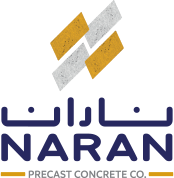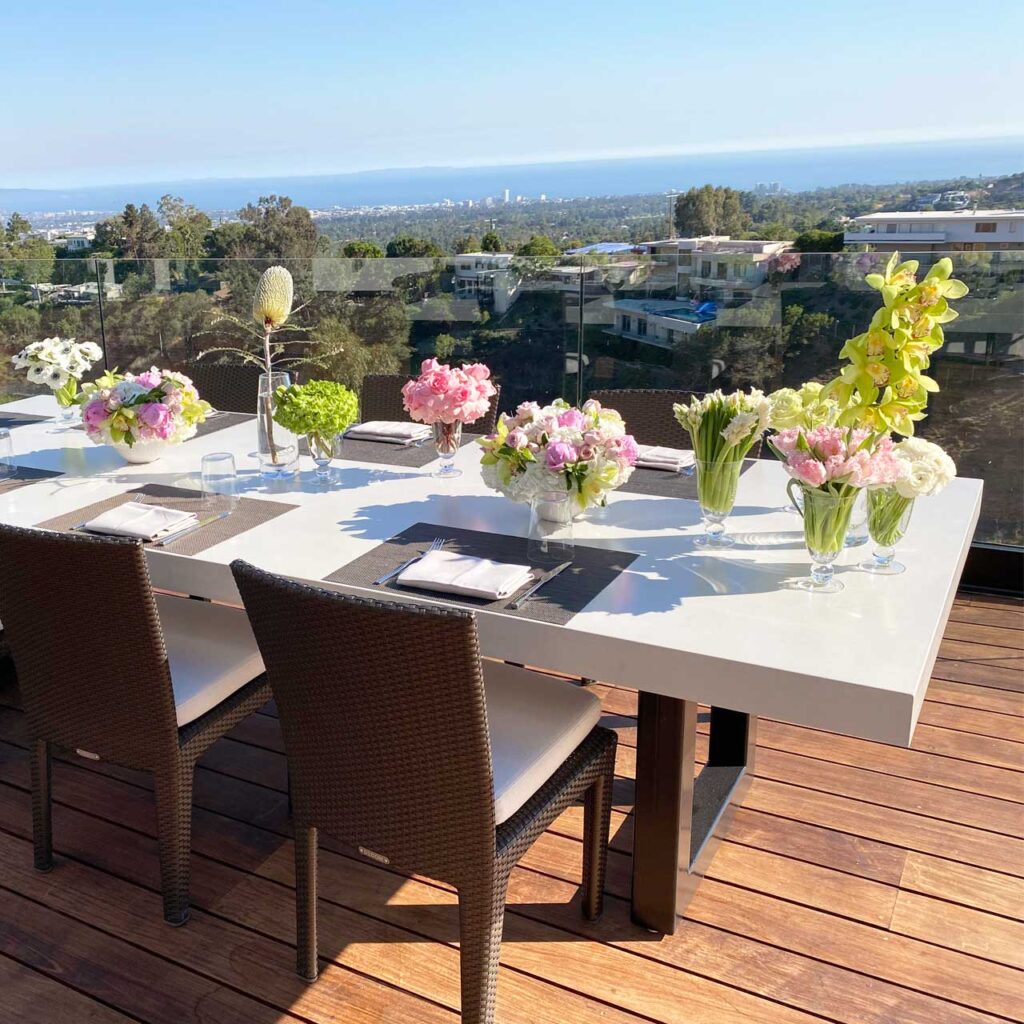Concrete dining tables have quickly become a must-have addition to your homes, thanks to their rugged charm and sleek minimalism. Unlike wood, which warps over time, or a glass table that may break or show scratches, concrete dining tables stand firm in the centre of your dining area without a dent.
They come in a variety of styles—minimalistic, rustic charm, industrial, contemporary, glamorous—adding a touch of functionality and aesthetic to your homes. There’s possibly a perfect concrete dining table for every home out there. The question is: How do you know it’s the perfect one for your home?
Today’s blog shares tips on choosing the perfect concrete dining tables for your home. It also lists maintenance tips for better use and experience.
Things to Keep in Mind While Choosing a Concrete Dining Table
1. Know Your Why
Knowing “why” you want to add a concrete dining table to your home helps you choose the style, finish, size, and design of the table. Are you adding it to elevate the mood? Or is it actually going to be used for meals and celebrations? Ask yourself, “Why do I want a concrete dining table?”
2. Space Availability
Measure your space, seriously! It might seem like the most obvious step, but it is often the most overlooked step. Concrete tables are heavy, and once you place them, moving them around is no joke. It is a two—to four-person job at minimum.
So, use painter’s tape to map out the area where you wish to place the dining table. Measure the area to get an idea of the table dimensions. Don’t forget the space for chairs. Leave at least 36 inches of clearance on all sides for the chairs to move in and out easily. There also needs to be some extra space for moving around it. Thus, it is essential to consider everything.
3. Match the Shape with Intent
Concrete dining tables come in different shapes, and each one may be designed for a specific purpose. Rectangular tables are well-suited for larger open spaces and seating more people, while round tables are for cozy, intimate settings. Furthermore, square tables strike a balance between the two for smaller groups.
While rectangular and square tables add a sharp touch to the space and enhance the boundaries, a round table makes the space feel softer.
4. Focus on the Concrete Finish & Tone
Broadly, there are three finishes: polished, stained, and textured surfaces. While polished finishes add a touch of sleek modernism and perfection, stained and textured surfaces can add warmth or coolness, depending on the design.
If you have a minimalist interior, cooler tones and polished finishes may suit you better. Similarly, if you have wooden or earthy tones, a warmer tone will suit you better.
5. Check the Base Material
The table’s base will affect its stability and weight distribution. Metal bases add an industrial feel, while wooden bases soften the ruggedness of concrete and add warmth. In contrast, a concrete-on-concrete base makes a very bold statement. That being said, it is also very heavy to move around. Additionally, you have to consider other existing furniture in your space and your floors.
6. Think About Maintenance
Yes, concrete dining tables are strong, sturdy, and durable. However, they are also porous, and the size of the pores depends on the concrete mixture. So, check if the table is pre-sealed.
7. Seating Arrangement
A concrete table is excellent, but if you pair it with uncomfortable seating, your experience won’t last long. To balance the firmness of the table, add cushioned or upholstered chairs to your sable. Choose their colours wisely, either the same as the table or a complementary one.
Maintenance Tips for Concrete Dining Tables
A concrete dining table will last you for years if you take good care. Here are some quick maintenance tips. To ensure that your concrete dining table lasts long and stays in the same condition as when you first bought it.
- Seal the surface well and regularly. Concrete is porous, which means it can absorb spills and moisture if left untreated. A good sealant helps prevent stains, waterings, and cracks. Make sure that you reseal every 12 to 24 months, depending on how often you use the tip.
- Use a soft cloth or paper towel to blot spills immediately. Additionally, avoid harsh chemicals or acidic cleaners like vinegar or lemon to clean the table, as you may wear down the sealant or etch the surface.
- A concrete dining table. It is heat-resistant, but not heatproof. While it is hard to scratch, the sealant isn’t. Use coasters under drinks, placemats under plates, and trivets under hot pans or pots. Additionally, avoid dragging metal objects or rough-bottomed dishes across the table.
- Hairline cracks can appear naturally over time, especially with temperature changes. These are usually cosmetic and don’t affect the table’s strength. These small cracks can be filled and resealed by a professional if needed.
- In humid climates, run or dehumidifier indoors or make sure there’s enough air flow to prevent moisture buildup.
- For outdoor use, choose concrete tables rated for exterior use and cover them when not in use to protect them from UV damage and rain.
Conclusion
A concrete dining table is more than just a dining table. It is a small extension of your personality that reflects the vibe of the house and the intention.
NaranPPC‘s concrete dining tables offer long-lasting performance while being completely practical. We designed these tables with premium-grade materials that don’t require a lot of maintenance. You can clean them easily without the risk of wear and tear.
Get in touch with us for the best concrete dining table for your home. We’ll guide you through every step of the way and ensure that the table matches your unique needs.

